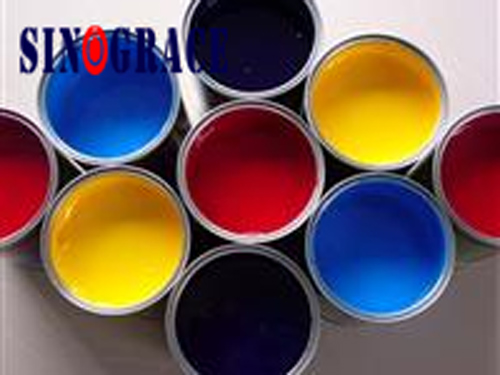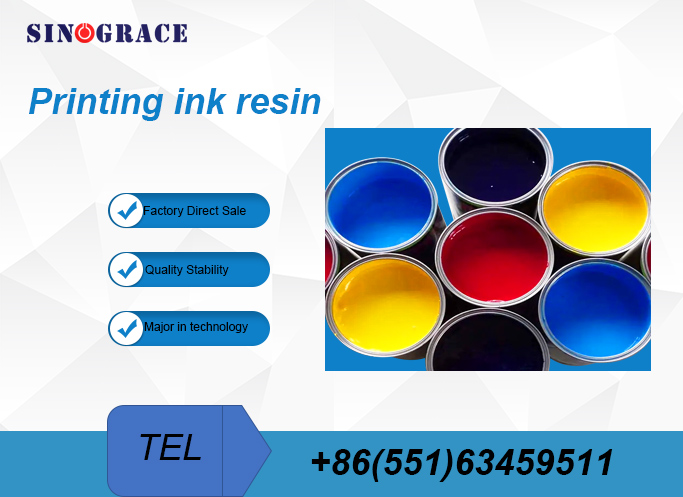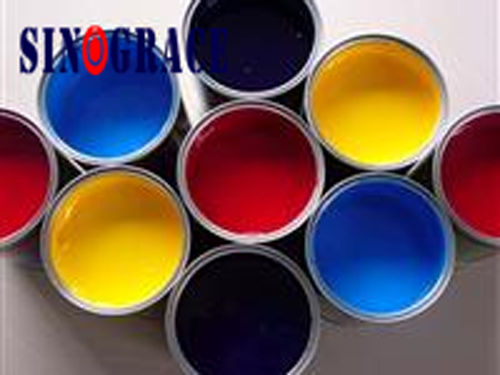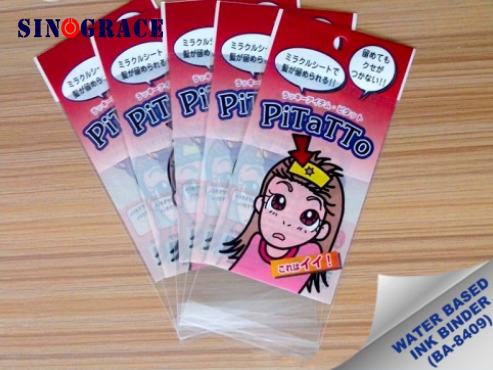About water-based ink and oil-based ink
Printing ink according to the plate type is mainly divided into relief ink, lithographic ink, gravure ink, screen printing ink four categories According to its own characteristics can be divided into two categories of water-based ink and oily ink So what is water - based ink and oil - based ink? What's the difference? Usually see a lot of books, albums and other paper printed matter are used what ink? 1.Water-based ink and oil-based ink concept Water-based ink Water-based ink is referred to as water ink, is a kind of water-soluble ink, flexible version of water-based ink is also known as liquid ink, it is mainly made of water-soluble resin, organic pigments, solvents and related additives by complex grinding processing. Oil-type Ink Oil-based Ink (Oil-type Ink), also known as oil-based ink or oil-based ink, is a kind of pigment particles dispersed in non-polar connectors and non-polar solvents in the ink. It is mainly composed of pigment particles, non-polar binders and non-polar solvents. 2.The difference between water-based ink and oil-based ink The biggest difference between water-based ink and oil-based ink is that the former can melt in water, and the latter can only melt in specific organic solvents.Therefore, water-based ink can be diluted with water, the benefit is no organic solvent, reduce solvent volatilization, can prevent air pollution, does not affect human health, not easy to burn, belongs to environmental protection ink. Oily ink can be diluted with organic solvent, can be absorbent surface and non-absorbent surface printing, printing is not easy to fade, the use of ink more economical, effective cost savings. In addition, oil-based ink also has environmental protection oil-based ink, no need to dissolve can be jet code. 3.the application of water-based ink and oil-based ink Application Water-based ink is characterized by low price, good adhesion after printing, quick drying, strong water resistance, coupled with it does not need organic solvents, especially received health requirements of the industry favor, such as especially suitable for tobacco, alcohol, food, beverages, drugs, children's toys and other strict sanitary conditions of packaging and printing products Oil-based ink is characterized by large ink viscosity, fast drying, water resistance, soft, light resistance is quite good, ink is more economical, effective cost saving. In addition, there are now environmental protection, so the application is also quite extensive, such as often used in books, albums and other paper substrates printing, in addition, there are metal, plastic, wood, aluminum foil, carton and building materials and other materials printing. Raw material of ink. Widely used in environmental water-based ink, flexo printing ink, UV gloss, water-based glazing oil. Whether it is printing or edible marking ink, or high-end paint such as car paint and refrigerator paint,Our company can provide this material Water-based acrylic emulsion is a high-perfor...
read more

 English
English français
français русский
русский español
español العربية
العربية








